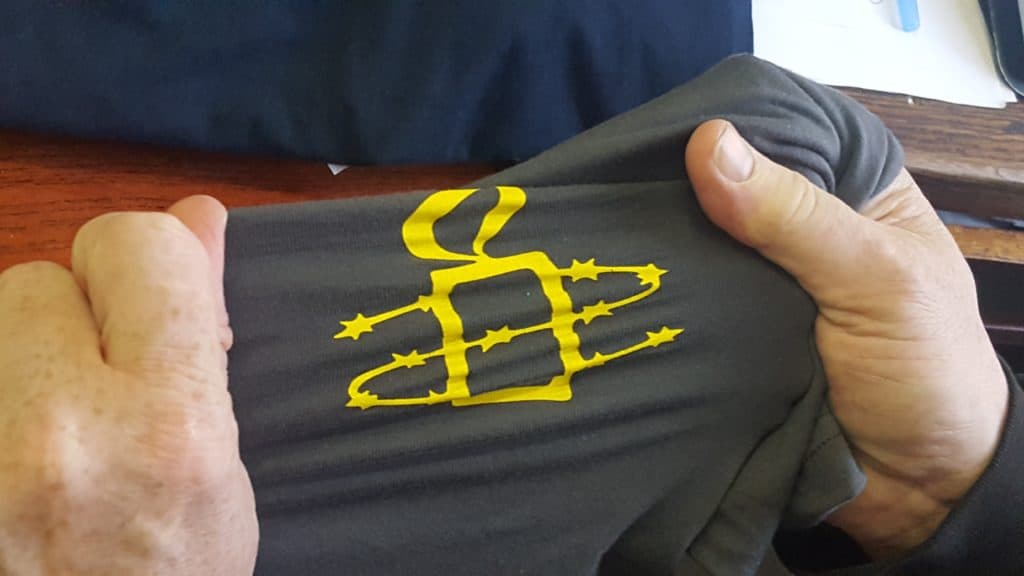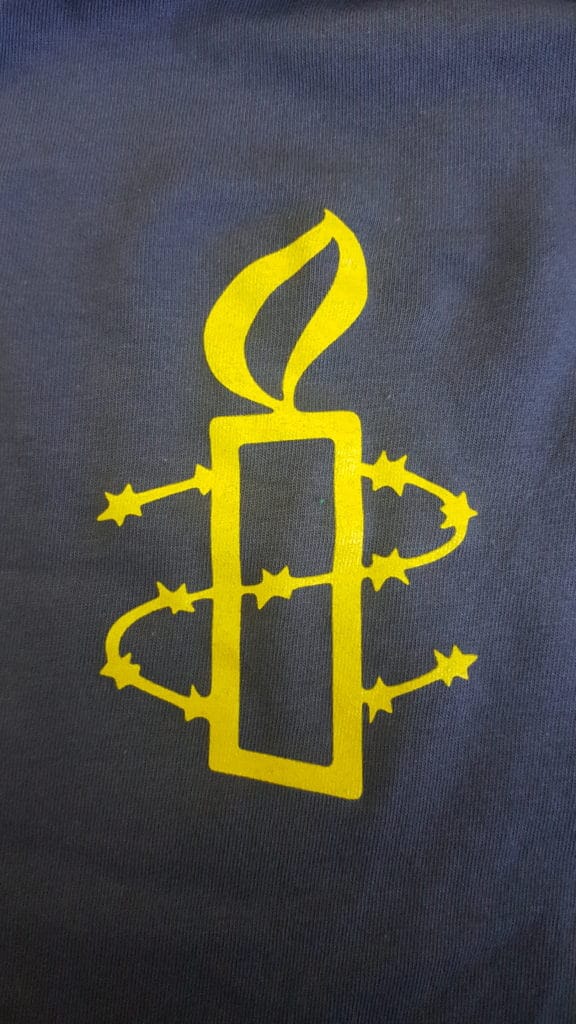I got a request last week to help someone figure out why their ink cracked. They thought it was the shirts. I have never seen a shirt that would cause the ink to crack all by itself. There is always an ink solution for cracking.
WHAT CAUSES INK TO CRACK?
Primarily the cause of the ink cracking is from the ink not curing. Ink that is not cured will crack when you pull at the shirt (after it has cooled down) or will crack when washed.
Reasons it might not be cured:
- Dryer temperature too low.
- Dryer belt speed too fast.
- Dryer chamber is too short.
- Dryer electric heating elements are too high off the belt (heat not really getting to the ink.)
- Dryer electric heating elements too low (might cause scorching if the shirt is too long under the heat, and can also cause overcuring and more inconsistent curing when heating element kicks off and on.)
- Poor air flow in the Dryer.
- Moisture in the shirt: What happens is that the moisture in the shirt evaporates and in the process it will cool the shirt. This is one of the most common reasons that ink does not cure. It is a difficult thing to realize because you cannot see or feel the moisture in the garment, and no shop I have ever seen has instruments which can measure this. It is very common with shirts that come through rainy weather in trucks, sit in damp warehouses, or are garment dyed (which can leave moisture in the shirt.) Thicker shirts and particularly canvas is more likely to have absorbed moisture. Moisture problems are also made worse by dryers with poor air flow.
- Shirts that enter the dryer at a low temperature. You might have been printing shirts on Friday that are at a room temperature of 80 degrees in your shop at the end of the day and they might be curing well at with your dryer settings. Then, after a damp cold weekend in Maine on Monday morning the shirts might have absorbed moisture and they might be 39 degrees. So then they are both having moisture and are entering the dryer at 40 degrees or lower of a temperature than the previous Friday. The ink then has to go from 40 degrees to 320 in the dryer instead of 100 to 320 in the dryer.
- Too much modification of the ink. Too much non-curable reducer, extra pigments, etc can change the cure temperature or even make the ink so it won’t ever cure all the way.
- Shirt color or type of fabric: not usually a problem, but shirts that reflect or absorb heat particularly in short electric dryers can affect the cure of the ink.
- Ink color: particularly metallics or reflective inks can also deflect heat and make curing take longer, again particularly with electric dryers.
- Ink film which is too thick. The ink has to cure all the way through, not just on the top. (and…By the way, three thin coats of ink generally can be made thinner in the end than one or two coats can be printed.)
Secondarily (and rarely) inks can crack if the shirts are too stretchy or have a low stitch density.
Some inks are more elastic than others and can deal with the stretch: try a diffent ink after consulting with your ink supplier. You can add things to increase stretch, for example Rutland makes “spandisol” which can be added to standard plastisol to make it stretch more.
Other solutions:
You can always use silicone inks which are extremely stretchy.
You can sometimes use certain water-based inks which will coat the shirt fibers rather than sit in a film on the surface of the shirt.
Ink Can Crack if Overcured
- Not nearly as common as undercuring, plastisol can be overheated and overcured. This will make the ink film brittle and it will crack when you pull on the shirt or when washed.




Excellent topic. Thanks for the write-up.
Great article!!!
How do I know whether I’m under curing or over curing?
Under-cured ink will usually crack when stretched on standard fabrics; to test that, the ink should cool for at least an hour since plastisol will stretch well when warm, even when under-cured. For lab tests, companies wait 24 hours before full being able to test for stretch.
Over-cured is easiest to see with low bleed inks. The ink will start to blister when the temperature gets above 340 or the dwell time is really slow. No harm to the durability, but the surface will not be as smooth; this is commonly seen with electric dryers that hit the surface of the ink film with very high temps. Cotton whites don’t use the chemistry that foams & blisters, which is why they always make a smoother print. It will take extremely high heat to negatively affect a cotton white. In most cases, the garment will smoke or burn before the ink over heats, so over-curing is not a common problem; electric dryer–maybe, but a good gas dryer—not so much. Under curing—much more common.
Idiot printers! Undercured. We are asking for replacements on 3 shirts screen printed.
If I gave undercured shirts, I replaced them at no charge to customers. Had a bad heat panel, glad they brought them back to me. Was horrible, had to replace all shirts….
I did replace and found out we had a heat panel out.
Saved my future orders.
How can Fanatics not use an experienced screen printer to evaluate???
Did they find the cheapest screen printer?
I want replaced shirts!
Fanatics should hire an experienced screen printer! Too bad I’m not in biz anymore, could have made a ton of money printing and selling shit shirts. I would have never them left my shop under undercured.
I had to quit biz due to Mom’s dementia.